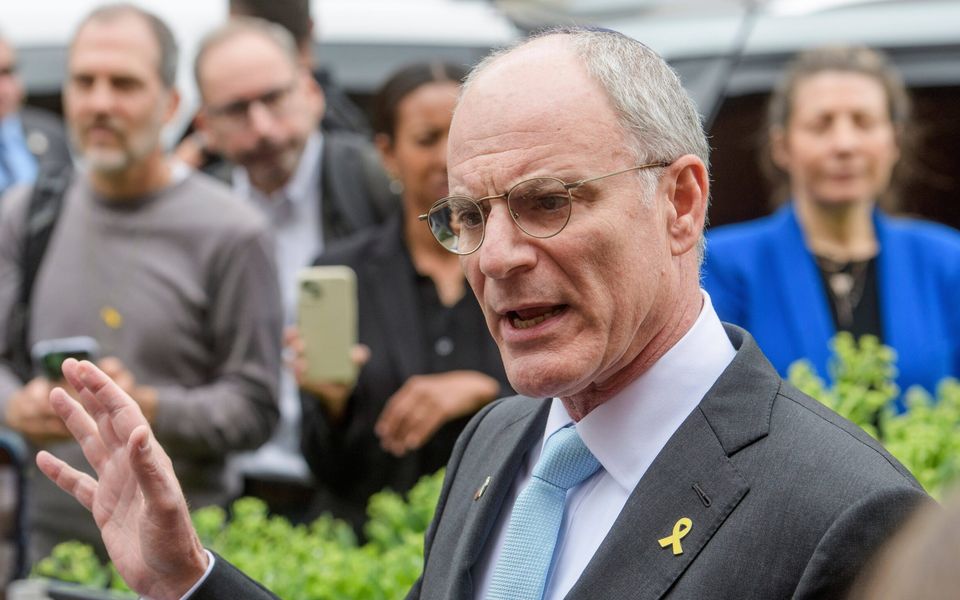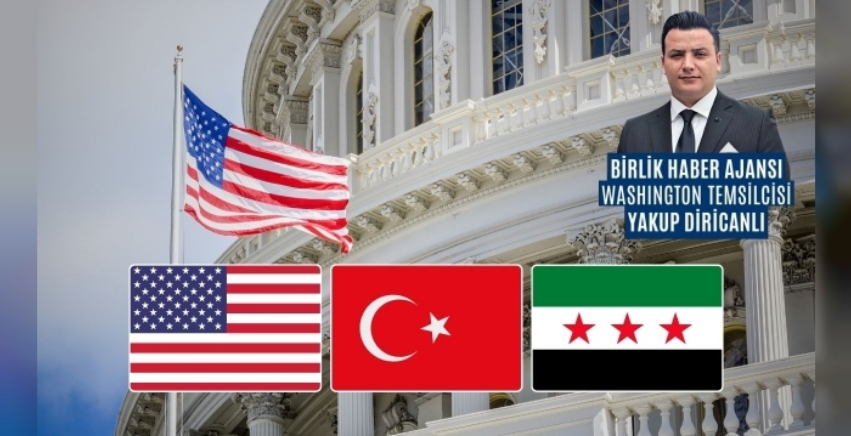Russian intervention in Syria 109 months on | Nearly 75 airstrikes tareget different sites in “de-escalation zone”…massacre leave 40 civilian casualties in Idlib…four joint patrols with Turks run in NE Syria…55 airstrikes on ISIS positions kill and injure 12 ISIS members
At a time when Russia’s plans are proceeding with their 109th consecutive month of involvement in the Syrian crisis, the Syrian Observatory for Human Rights has monitored and tracked the recent developments during the six month of the ninth year of the Russian intervention in Syria. Key developments can be summarized regionally as follows:
North-west Syria
Russian fighter jets carried out 74 airstrikes in the “de-escalation zone,” targeting 19 areas in the following villages and towns:
- Idlib: Hursh Basinqoul, Hursh Jozif, Hursh Idlib, Al-Bara, the outskirts of Idlib city, Mu’taram, Al-Shatouriyah, Hursh Batanta, Maarrat Masrin, Al-Kandah, Mar’and, Sheikh Sandyan, Kafradin, Ain Al-Zarqa, Darkoush, Kansafra, Ain Larouz and Deir Sonbol.
- Hama: Al-Qarour and Al-Sarmaniyah in Sahl Al-Ghab.
- Latakia: Kabanah hills and Al-Ruwaysah in the northern countryside of Latakia.
Russian fighter jets also committed a massacre on October 16 when ten civilians, including a child, were killed and 30 others, including 14 children, were injured, some seriously, in airstrikes on a sawmill, a furniture workshop and an olive presser on the outskirts of Idlib city.
In addition, four medical members of Hayyaat Tahrir Al-Sham in Mar’and on October 14.
Here are further details on those airstrikes:
-October 14: Russian fighter jets executed 28 airstrikes using vacuum bombs, targeting several areas in Idlib and Latakia countryside. The airstrikes are distributed as follows:
- Five air raids targeting areas in western Idlib province.
- Five others hit Hersh Bsanqul in Idlib countryside.
- Three raids targeted positions in Kabana hills in northern Latakia countryside.
- Four raids targeted Hersh Batenta.
- Four hit positions in western Ma’arrat Misrin near Al-Sheikh Bahr area.
- Seven airstrikes on the vicinity of Al-Kanda, Mara’and and Al-Sheikh Sindiyan Village in Jisr Al-Shughour countryside.
-October 15: Russian fighter jets carried out 11 airstrikes:
- Three on Kabana.
- One on Al-Ruwaysah.
- Four on the surrounding areas of Kafradin.
- Two on Ain Al-Zarqa station near Darkoush.
- One on Al-Qarqour.
The airstrikes put the power station in Darkoush out of service.
-October 16: Russian fighter jets carried out 28 airstrikes on the “de-escalation zone”: they are distributed as follows:
- 21 airstrikes on military positions in Hursh Jozif in Jabal Al-Zawiyah, Hursh Basinqoul and Hursh Idlib, other sites in Al-Bara town, the outskirts of Idlib city, the surrounding areas of Maarrat Masrin city and the surrounding areas of Mu’taram and Al-Shatouriyah in Idlib countryside.
- Seven airstrikes on the hills of Kabana hills in Latakia countryside.
-October 24: Russian fighter jets executed several airstrikes on the surrounding areas of Kansafra town, the surrounding areas of Deir Sonbol and Ain Larouz frontline in Idlib countryside and Al-Sarmaniyah frontline in Sahl Al-Ghab in Hama countryside.
While on October 22, delegation of the Turkish Intelligence met with a delegation of officers of the Russian Intelligence and Military Police in the Russian base “Al-Manshara” on the “M4” highway near Al-Tarnaba Town near Saraqib City in Idlib countryside.
This comes as continuation for previous meetings held by Turkish and Russian delegations to discuss the situation in northern of Syria. The delegations also discussed the steps for restoring relations between Turkey and Syria via Russia mediation, and the Russian escalation with airstrikes on Idlib.
North-east Syria
Russian forces conducted four joint patrols with their Turkish counterparts in north-east Syria in the past month, all of which were conducted in Ain Al-Arab countryside (Kobani). Here are further details on those patrols:
- September 30: Russian and Turkish forces conducted a joint military patrol in Ain Al-Arab (Kobani) countryside in eastern Aleppo countryside. The patrol, which comprised eight military vehicles from both sides, set off from Gharib village, accompanied by two Russian helicopters, and continued to Bandirkhan village.
- October 7: Russian forces conducted a joint military patrol with the Turkish side in the western countryside of Ain Al-Arab (Kobani), including several military vehicles from both sides, with air protection from Russian helicopters.
- October 14: Russian and Turkish forces conducted a joint military patrol, consisting of eight vehicles for each side, accompanied by two Russian helicopters. The patrol set off from the crossing of Gharib village in the eastern countryside of Ain Al-Arab (Kobani) and reached Bandarkhan village in the eastern countryside of Aleppo, and then the Russian patrol returned to the point from which it set off, while the Turkish vehicles headed towards the Turkish interior.
- October 21: Russian and Turkish forces conducted a joint patrol starting from Gharib village, passing through the villages of Baghdik, Khan Qarmough and Bostab, east of Ain Al-Arab (Kobani), amid the flight of Russian aircraft.
Miscellaneous developments
On October 22, Russian and regime forces sent military reinforcement of vehicles carrying soldiers and weapons to Khasham town and the outskirts of Al-Tabiyah town in east of Euphrates region, attempting to reduce the presence of Iranian-backed militias in those areas and to curb the ongoing attacks by International Coalition Forces.
This coincided with a state of discontent and frustration among residents, who have called on the Syrian and Russian authorities to send regime fighters under Russian protection to these villages. Residents see that such procedures would spare their areas from the frequent attacks by International Coalition Forces and at the same time prevent the use of “the presence of Iranian-backed militias” as an excuse by International Coalition Forces to occupy the area.
As a part of exploiting the residents’ dire living conditions and efforts to woo Syrian people, the Russian reconciliation centre distributed assistance, namely food baskets, to residents in Deir Ezzor and Latakia countryside.
On October 7, Russian military forces stationed in Tel Al-Hara in northern Daraa countryside withdrew suddenly from the site, evacuated the site of equipment and removed the Russian flag, for unknown reasons.
On the other hand, Russian forces conduct patrols, on October 20, between the checkpoints in Al-Qonaitara and western Daraa countryside near the occupied Al-Golan, comprising several armoured vehicles along with members of the regime driving a 4×4 car equipped with heavy machinegun, where the patrols move between Al-Qonaitara and Daraa almost daily.
Separately, regime forces and Russian forces conducted joint military exercises, on October 21, along the “ceasefire line” on the border with the occupied Syrian Golan, using heavy weapons. A number of regime soldiers and Russian soldiers are participating in the exercises at a number of Russian military posts that were previously deployed in the area. The exercises aim to enhance the influence of Russian forces and regime forces in the area to prevent any penetrations by the Israeli side and groups loyal to Iranian militias and “Hezbollah” there. The joint military exercises came after operations of bulldozing agricultural lands, digging trenches and strengthening the presence of Israeli forces near the “ceasefire line”, and after several Israeli strikes.
The most prominent event took place on October 12 when SOHR sources reported that two Russian officers, three members of regime forces, including two brigadier generals, and two persons of unidentified nationalities were killed in artillery fire of unknown origin in the area between Khasham and Hatlah in Deir Ezzor countryside within areas controlled by regime forces and Iranian-backed militias, where Russian forces were accompanied by the regime forces.
Syrian desert
Also in October, Russian fighter jets continued their attacks in different areas in the Syrian desert, executing over 55 airstrikes on ISIS positions in Hama, Homs, Deir Ezzor and Al-Raqqah, killing three ISIS members and injuring nine others.
Between the 30th of September 2015 and the 29th of October 2024, the Syrian Observatory for Human Rights documented the death of 21,246 persons. The breakdown of fatalities is as follows:
- 8,739 civilians: 2,122 children under the age of eighteen, 1,327 females over the age of eighteen, 5,290 men and young people
- 6,238 ISIS members
- 6,269 fighters of rebel and Islamic Factions, Hayyaat Tahrir al-Sham, the Turkestan Islamic Party, and fighters of Arab and foreign nationalities.
SOHR sources have reported that Russia used “Thermite-type explosives” in their airstrikes, a substance composed of aluminium powder and iron oxide which causes burns as it continues to ignite for about 180 seconds; some bombs used by Russian jets on the Syrian territory were loaded with this substance.
It has been discovered that they are “RBK-500 ZAB 2.5 SM” cluster incendiary bombs each weighing about 500 kg (about 1100 pounds (ca. 499 kilograms)) and they were dropped by military aircraft. They carried anti-individuals and anti-vehicles small-sized bombs of the type (AO 2.5 RTM), loaded with 50 to 110 small-sized bombs stuffed with “Thermite”, which outpour out of it when they explode; the range of these anti-individuals and anti-vehicles bombs reaches 20 to 30 metres.
As the months pass, the Syrians suffer the scourge of the Russian intervention, which seems to resemble a kind of revenge and retaliation against Syrians for protesting against the regime that committed the worst violations against its own people. At a time when the map of alliances and power balances is changing, Russia has become the ultimate winner, succeeding in helping the Syrian regime regaining control over about two-thirds of the country after losing control of most of its territory. Moscow used the pretext of “the war on terror” to commit massacres against civilians, and sponsored and struck agreements that were soon after abandoned. Moscow and its war machine have spilled the blood of Syrians despite claiming to be a “political mediator” or “broker” that can deal with all parties to the conflict.
With all recent changes in the balance of powers, the Syrian Observatory for Human Rights renews its appeals to the international community to put pressure on Russia to stop its aggression against the Syrians, and to find a political solution to end the Syrian crisis that completed its eleventh year.



